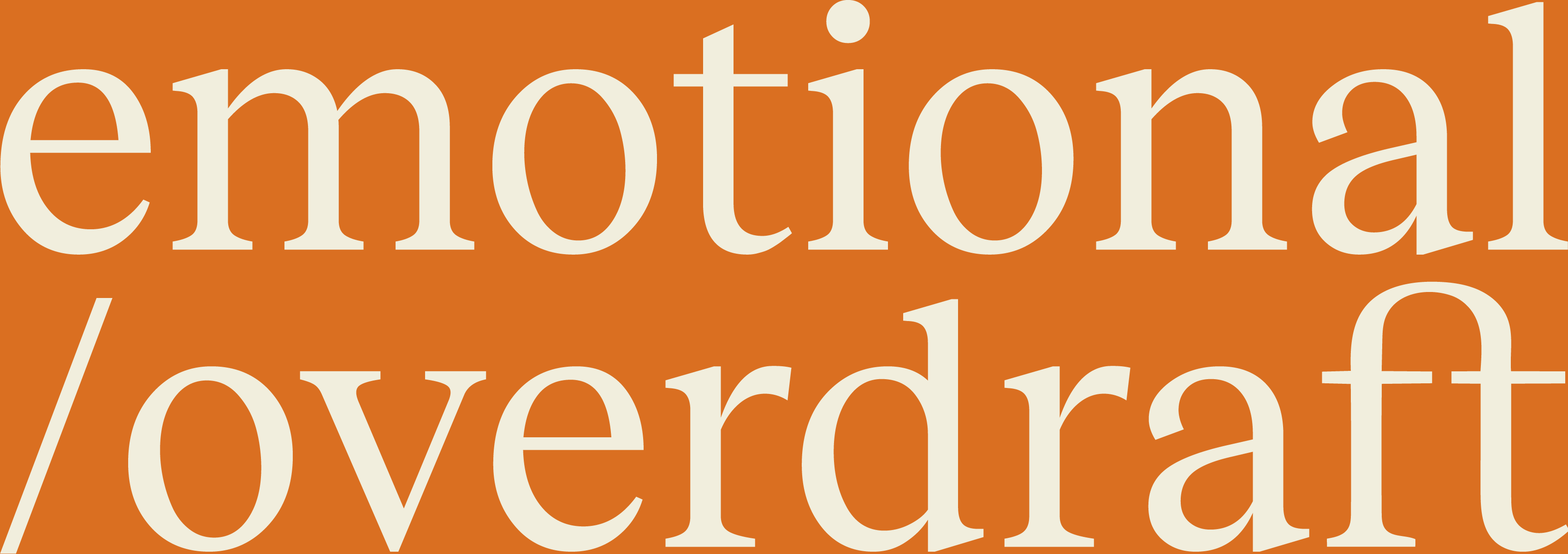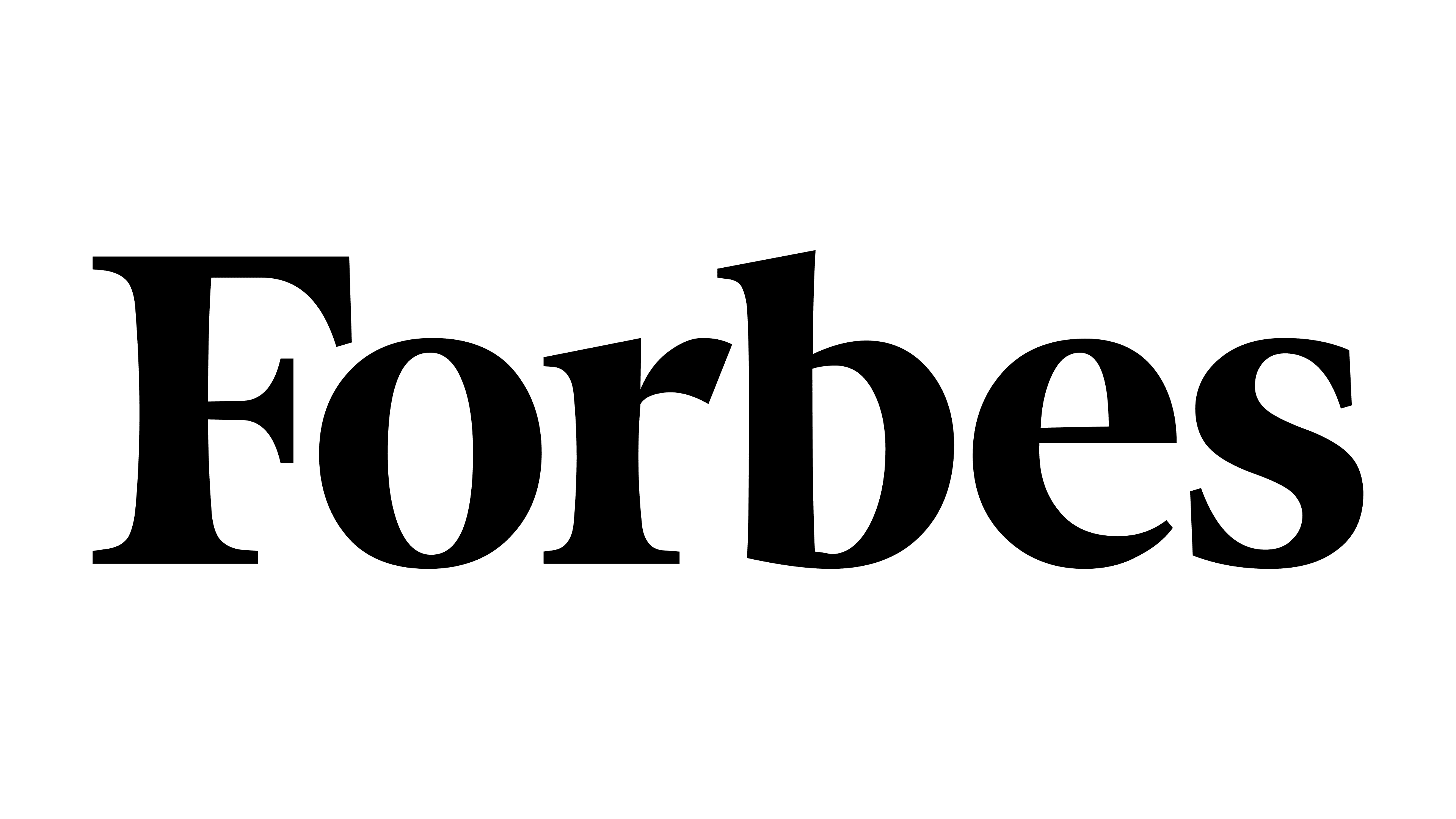Trusting people (or not trusting them as the case may be) is a common trait among leaders.
Often to do with assuming people can’t perform tasks competently without them, a lack of trust leads to constantly worrying about whether work is being done to your standards, juggling too many balls, working late every night, and doing the wrong things — tasks that are other people’s responsibility but that you can’t seem to stop yourself from taking on.
And yet, people at high-trust companies report 74 percent less stress, 106 percent more energy at work, 50 percent higher productivity, 13 percent fewer sick days, 76 percent more engagement, 29 percent more satisfaction with their lives, and 40 percent less burnout.
Getting to grips with trust – and building a business in which people feel trusted – will help your business to function highly without you.
One of my clients, a business founder, came to one of our meetings with a challenge he was having. His team – he explained – were not linking the consequences of their mistakes to the wider commercial outcomes for the business. As a result, he was picking up extra work to head off mistakes before they happened and feeling frustrated at the teams’ perceived lackadaisical attitude. A short rant later, my client came to the realisation that he had never actually explained
to the team how his business worked.
- Did they know how specific mistakes directly impacted on commerciality?
- Were they lackadaisical, or were they simply unaware?
- Was picking up extra work to avoid potential mistakes really helping the business, or simply creating an unsustainable business that couldn’t function without him?
Their list, not your list. An exercise in trust (and a quick edit)
We discussed the need for my client to ‘communicate the horizon’ to his team. To inspire them to see the direction their business is going in and how they fit in with those those goals and aspirations. Part of that was for them to understand how the business works and how mistakes on their part had wider implications.
His initial thought was to organise a meeting and use his own time to create a list of possible mistakes and the wider implications.
But was there a better way? Creating the list himself had the potential to come across negatively, listing ‘failures’ of the team and then berating them for the implications. Not just that, by creating a list himself he was effectively saying to the team ‘I don’t trust you to do this yourself’.
And so rather than create the list himself, my client organised a short workshop on business commerciality. Starting by helping his team to understand the inner workings of the business, and then getting them to work together to create the ‘mistakes and commercial implications’ list. If they missed some then he added them in, but by explaining the scenario and letting them explore the consequences he was helping embed the learnings – he was trusting his team.
At the next meeting, the idea was to come back to the list. To talk about what had gone well and the positive implications on the business. To take time to acknowledge how they are rising to the challenge and dealing with unexpected and difficult situations. To respect them and lead them to want to take on more responsibility.
Their list, not your list. A really great teaching moment.
Andy










